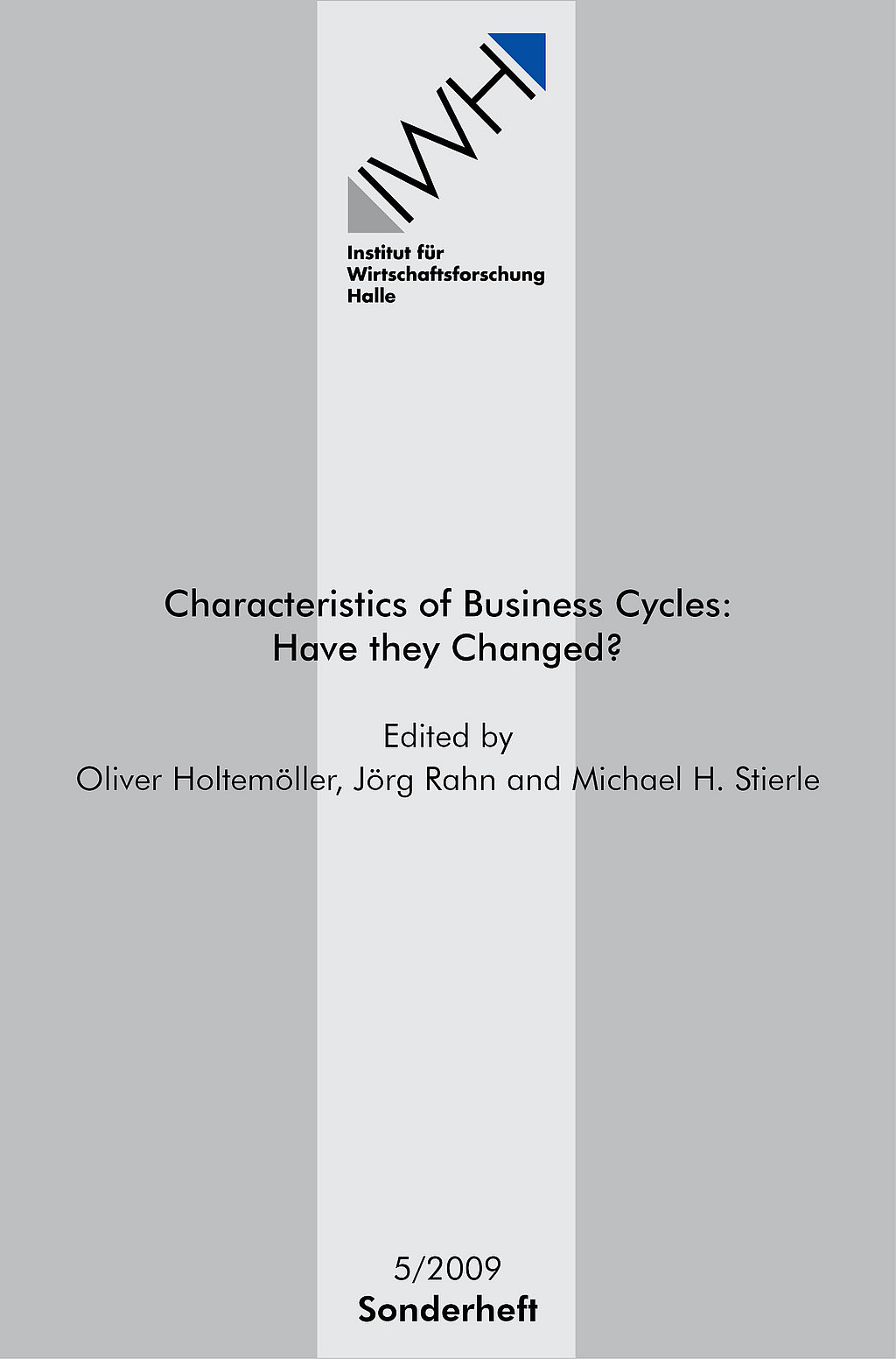
Characteristics of Business Cycles: Have they Changed?
The most recent economic downturn has shown that economic activity nowadays is still prone to large fluctuations. Despite a long tradition of research, the understanding of such fluctuations, namely business cycles, is still far from comprehensive. Moreover, in a developing world with new technologies, faster communication systems, a higher integration of world markets and increasingly better-skilled people the nature of business cycles changes continuously and new insights can be drawn from recent experience.
01. März 2010
Several issues of business cycles have been in the focus of researchers lately. First of all the understanding of business cycles requires an identification of the driving forces behind the fluctuations and the dynamics of economic activity. With the knowledge of the drivers it would be helpful for policy-makers and business managers to construct an indicator that predicts the development and that indicates the turning points of economic activity.
The transmission of shocks from one economy, typically from the United States, to other economies is one aspect that has become increasingly important in a world of tightening trade and financial linkages. With the rising importance of economies such as China or India it is interesting to see if these countries could form a new regional block with a common business cycle and if the business cycle in East Asia has become in-creasingly independent from the one of the United States.
For policy-makers the synchronization of business cycles – across the world and in a monetary union in particular – is of notable interest. Whether the introduction of the euro has led to a synchronization of European business cycles is an important question to be addressed. A common movement of business activity would be beneficial for the work of the European Central Bank since diverging business cycles would increase the cost of foregoing the possibility of using counter-cyclical monetary policy. The results of such an analysis also matter for other regions planning to found a currency union.
Against such a background, this edition presents a selection of studies that cover a broad range of these issues. It focuses on three areas: explanation and description of business cycles (Part Two); transmission of shocks from the United States to Europe and other regions (Part Three); and, finally, the synchronization of business cycles in the Euro area (Part Four).
In this edition, we have included substantive contributions from renowned government and research institutes based in various European countries, which offer a diverse array of vantage points on the challenges for theory, empirics and normative statements. This collection will be of particular interest to policy makers, planners and researchers seeking to understand business cycle behaviour, transmission of business cycle shocks to other countries, or the synchronization of business cycles in areas of common currencies such as the European Monetary Union.
This book is a compilation from the Conference of the International Network for Economic Research (INFER) in Brussels on January 24/25, 2008. Where appropriate, the papers have been updated before publication of this volume.




